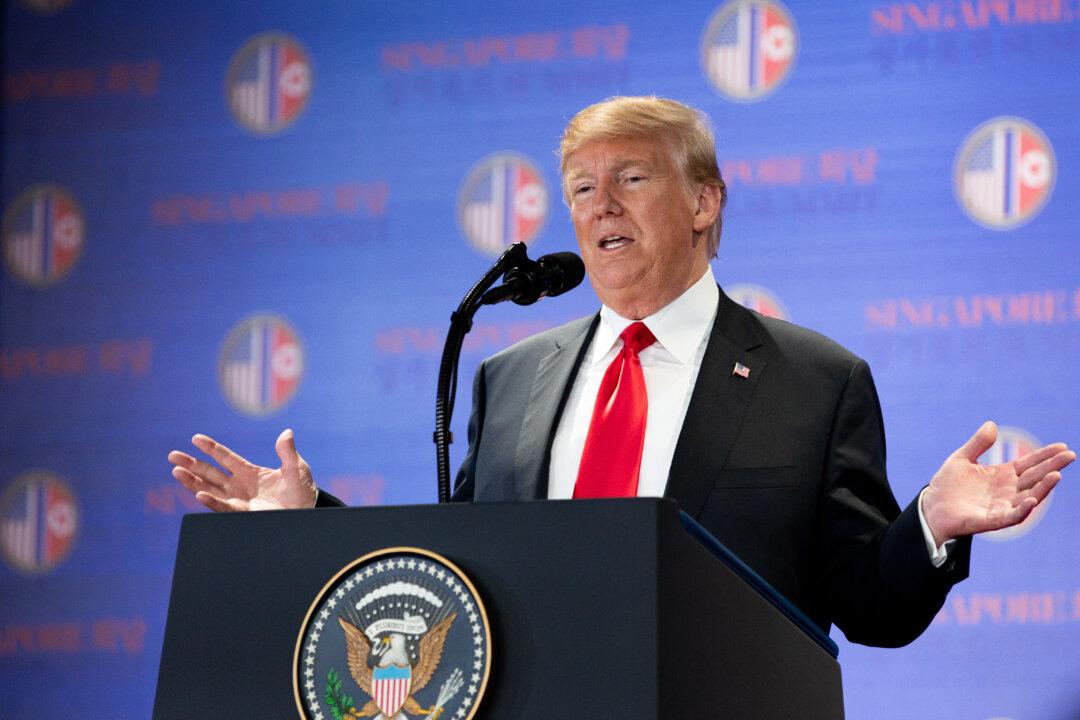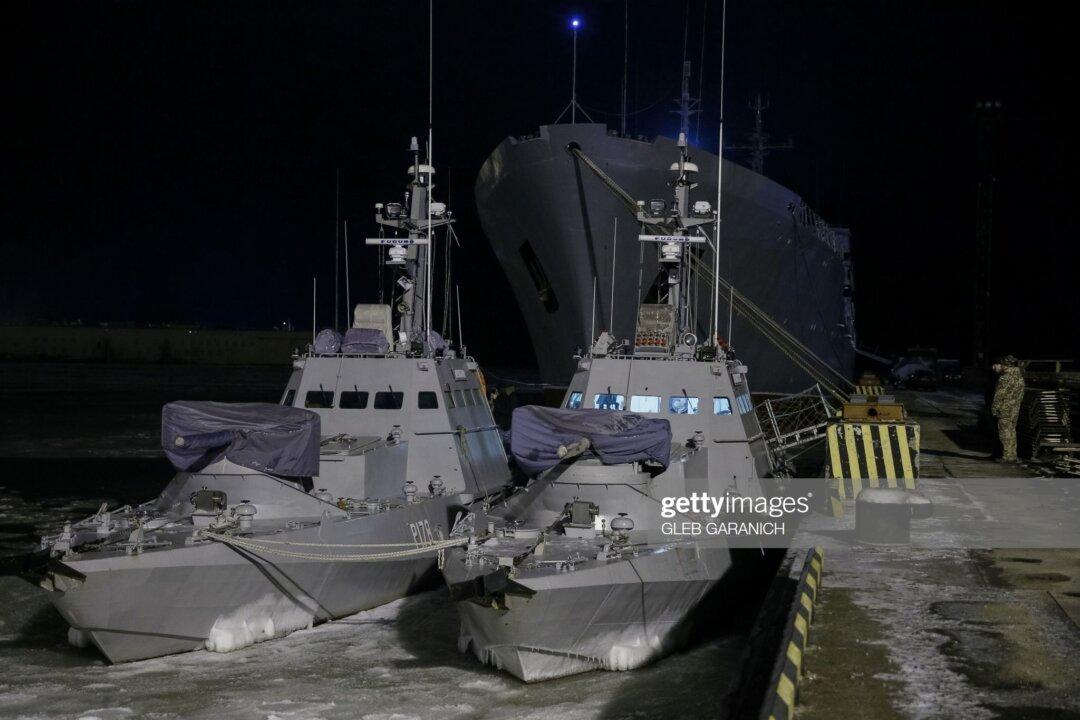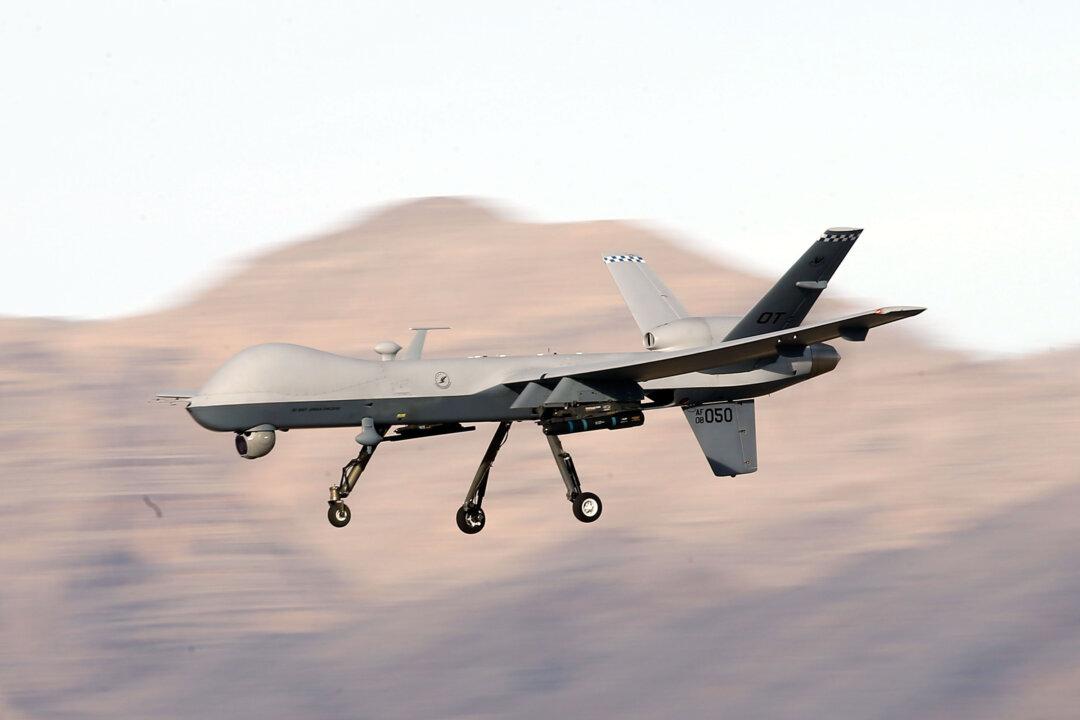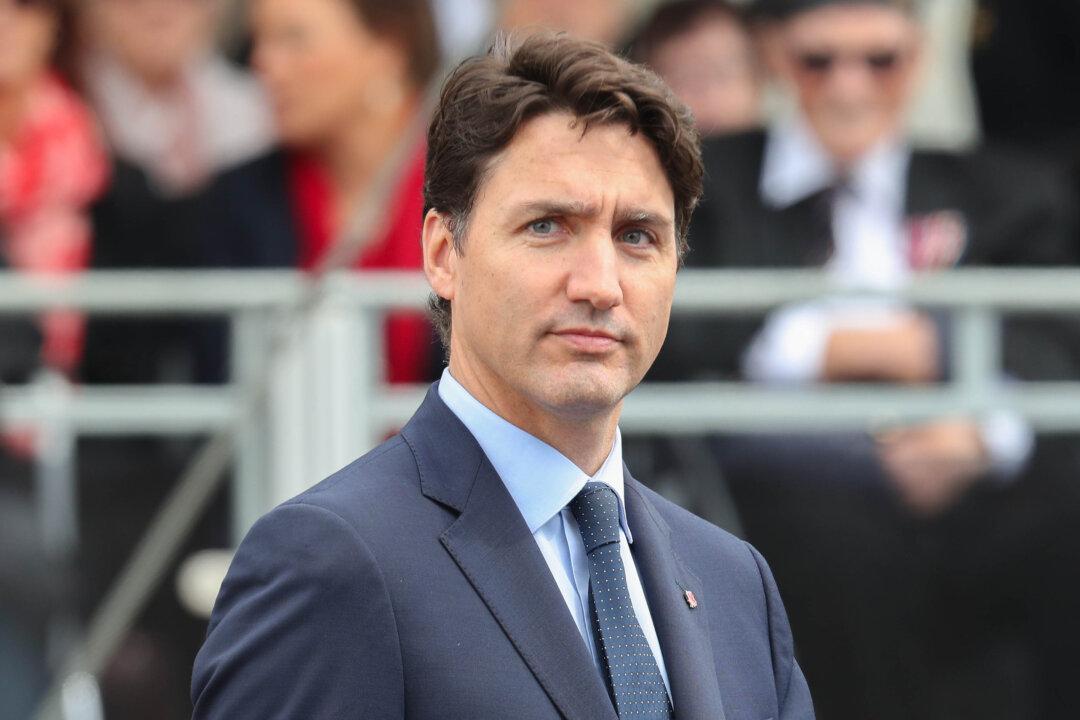The June 12–13 Singapore Summit is over. Now the partisan analysis begins. Is the “glass” half full? A quarter full? Contains just a few drops? Is there a glass at all?
Certainly, there has been as much bloviating bombast as a hyperactive, 5,000-individual media contingent (complemented by thousands of critics/commentators/analysts around the globe) could possibly produce.





